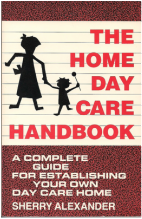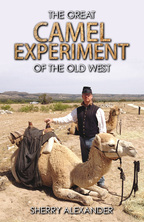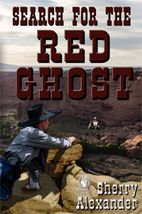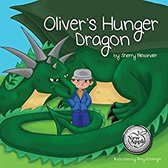
In my earlier career (some 30 years ago) as a freelance writer, I wrote several press releases for books, but they were for other authors' books. I didn't have a vested interest in them. It seemed easy, at the time, to separate my feelings and write what the client wanted. But this time, it's for ME--and I care!
I'm savvy enough to know that a press release is a tool. It's designed to get the media to take notice, and fire off a request to learn more. And, if you want your press release to be easy to find on any or all search engines, you need to make sure the title includes either your name or the name of your book. It also needs to be in third person. But there are a few don'ts as well. Things like not comparing your book to someone else's, or using phrases such as "It's sure to be a best seller." Even words like "awesome", "fantastic", or "a must read" can make even the most accommodating editor toss it into the round file.
Most press releases start with a headline. Here's a recent one of mine. "New Ebook Hits Amazon’s Top 100 List" . Notice what I did wrong? I didn't include the name of the book. The second thing that is required is your contact information. That requires your name, address, phone number and email. I did that correctly, at least. Without it, no one is going to call even if they like your press release. Then there is that all important first paragraph. It has to grab attention and keep it so the editor will keep reading right through the summary and conclusion. This was mine:
For Immediate Release:
MuseitUp Publishing, Inc. author Sherry Alexander made it on Amazon’s Top 100 list for Children’s Westerns for her newest release, Search for the Red Ghost. Receiving Five Star reviews, her tween action/adventure novel, set in 1883 Arizona, is #22 today.
He was in “No Man’s Land,” and he was alone, tracking the killer of his mother.
I know, there are literally hundreds of people telling writers how to format a press release, and there are just as many free templates. The best advice I can give is to find one you like a use it as your own template when you first start out.
As for sending it out, you can purchase a list of newspapers and magazines you want to submit yours too, or hire a professional agency who will write your release and then submit it. But for those of you like me who are working on a tight or nothing budget, there are a few who will send it to a limited area for free. I'm not going to endorse anyone, so make sure you do an internet search, then investigate and compare what each has to offer. For me, I chose to go the direct route. I selected a free press release release site that submitted my press release to Arizona newspapers (that's where my book takes place). I also sent three out to my local media outlets. The results--one interview from my local newspaper, and for me that is a success. Just remember, I am not an expert. I do not want to write press releases for a living. I write books. Knowing what a press release includes and putting it all on paper can be as elusive as that best seller baking in the back of my brain. So try it, and if you don't like it, hire someone.
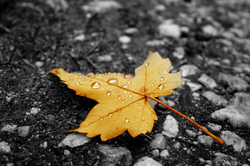
 RSS Feed
RSS Feed
